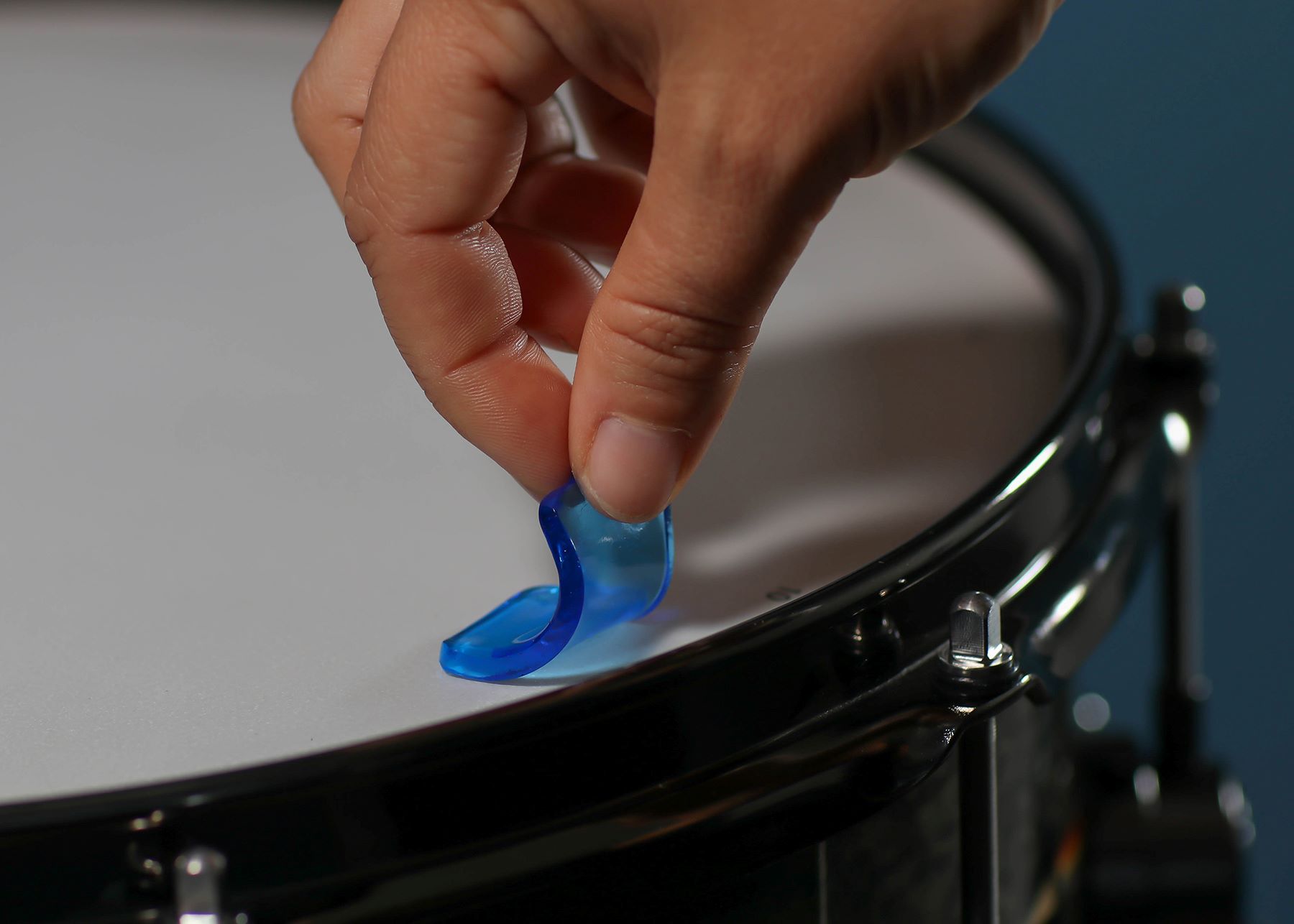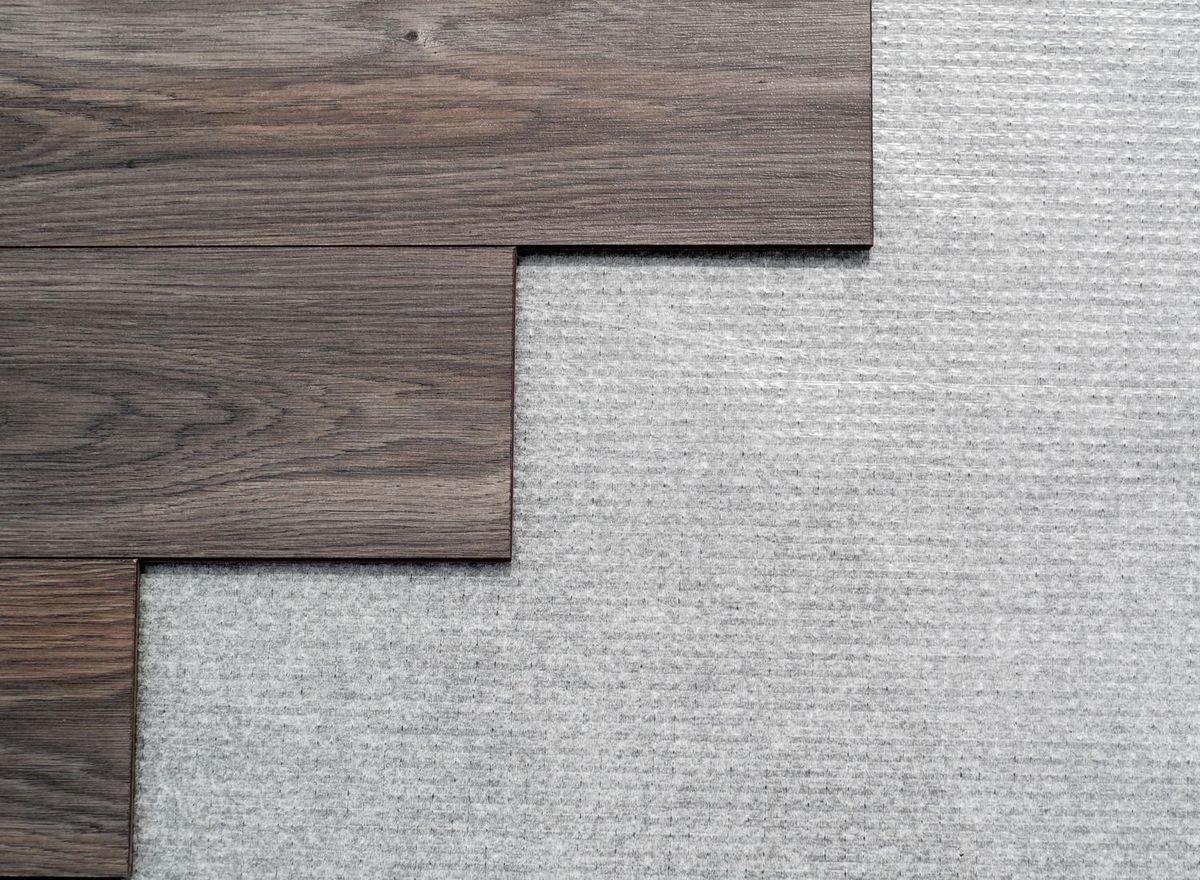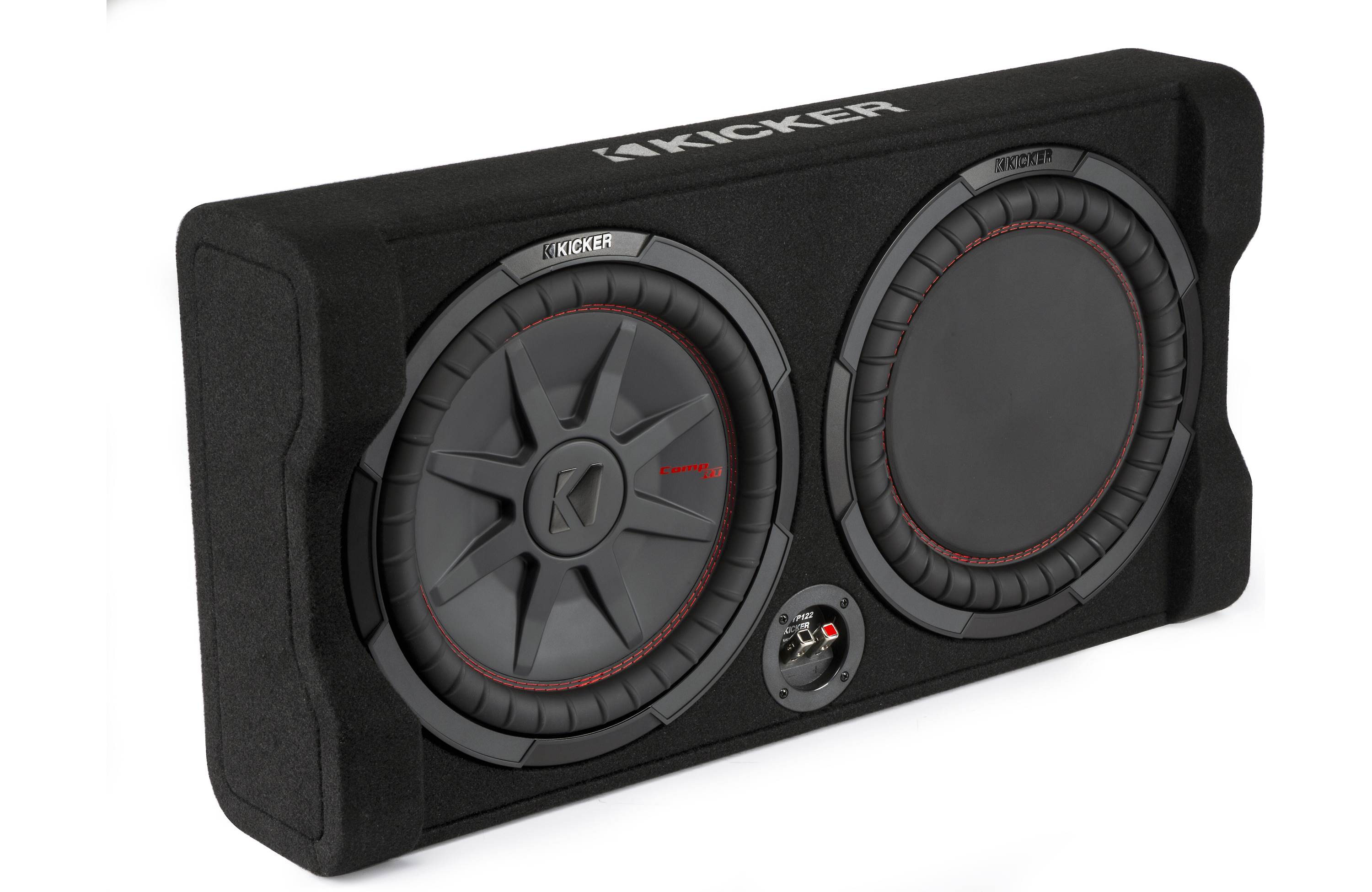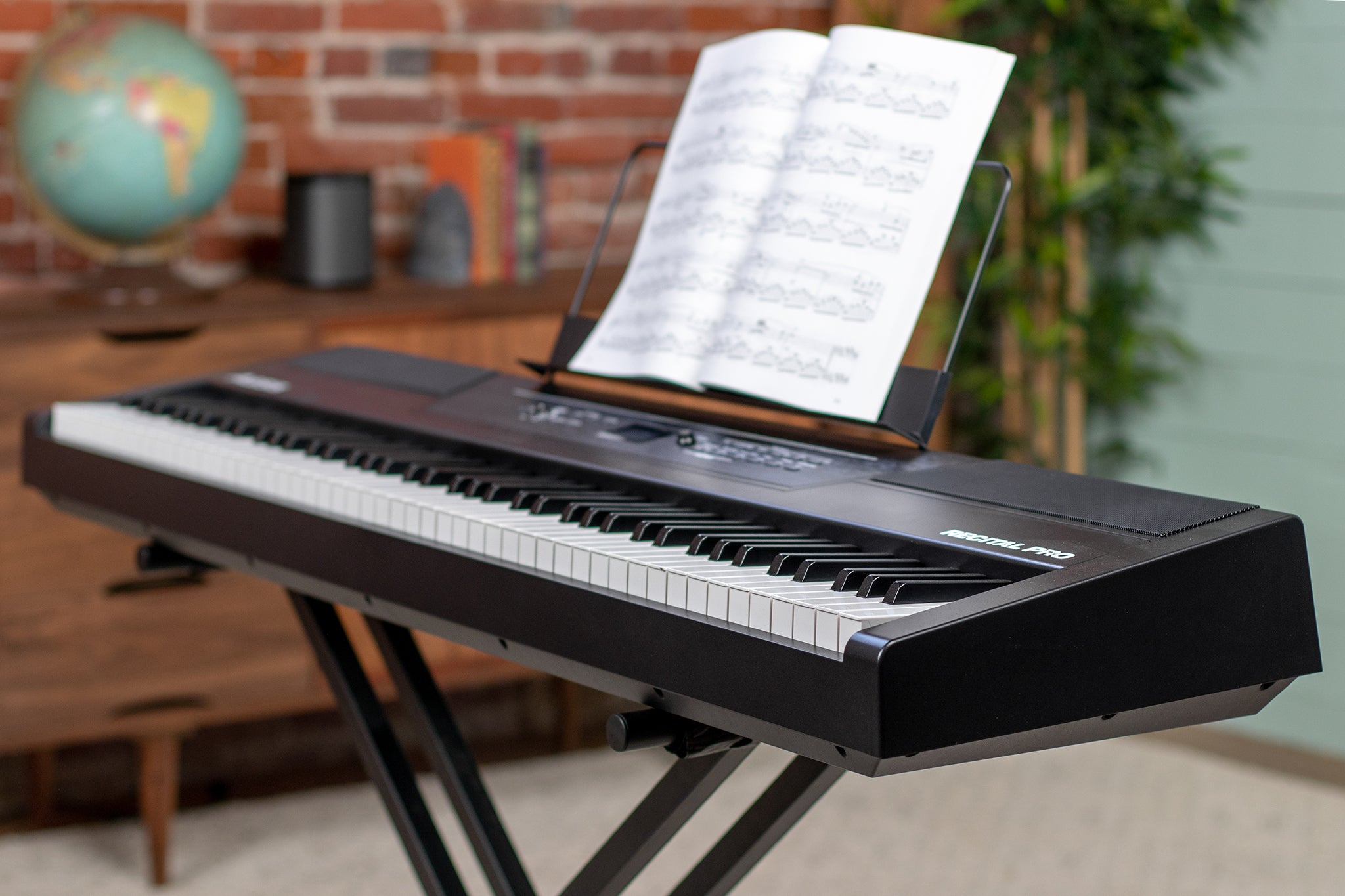Home>Instruments>Drums>What Is The Best Wood For Drums
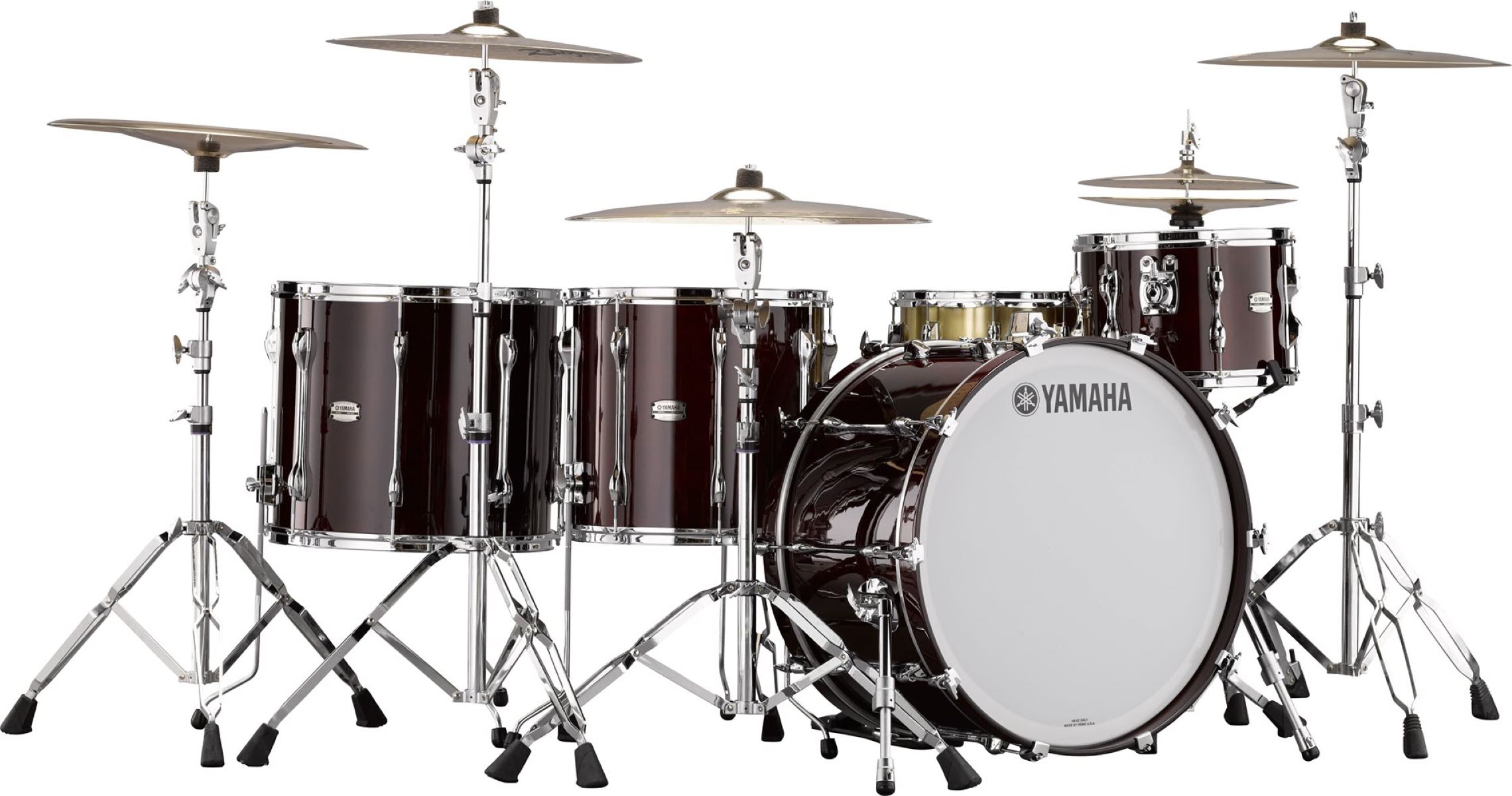

Drums
What Is The Best Wood For Drums
Published: February 8, 2024
Discover the best wood for drums and create the perfect sound. Explore the top options for drum construction and find the ideal choice for your music.
(Many of the links in this article redirect to a specific reviewed product. Your purchase of these products through affiliate links helps to generate commission for AudioLover.com, at no extra cost. Learn more)
Table of Contents
Introduction
Understanding the Importance of Wood Selection in Drum Making
When it comes to crafting high-quality drums, the choice of wood plays a pivotal role in defining the instrument's sound, resonance, and overall performance. The selection of wood for drums is a nuanced art, with different types of wood offering distinct tonal characteristics and aesthetic qualities. Whether you're a seasoned drummer or a novice enthusiast, understanding the significance of wood selection in drum construction is essential for making informed purchasing decisions and achieving the desired sound.
The type of wood used in drum construction can significantly impact the instrument's tonal properties, including the depth, warmth, and projection of the sound. Additionally, the physical attributes of the wood, such as density, grain structure, and resonance, contribute to the overall quality and responsiveness of the drums. As a result, drum manufacturers and craftsmen carefully consider various factors when selecting the ideal wood for their creations, aiming to achieve a harmonious balance between aesthetics and acoustics.
In this comprehensive guide, we will delve into the intricate world of drum woods, exploring the factors that influence wood selection, popular types of wood used in drum making, and the unique sonic characteristics associated with each variety. Whether you're seeking a bright and articulate sound, a warm and resonant tone, or a balanced blend of characteristics, understanding the best wood for drums is crucial for tailoring your instrument to suit your musical preferences and performance needs. Join us as we embark on a rhythmic journey through the captivating realm of drum woods, where craftsmanship, artistry, and sonic expression converge to create musical magic.
Factors to Consider When Choosing Wood for Drums
When selecting the ideal wood for drum construction, several critical factors come into play, each influencing the instrument’s sonic characteristics, durability, and aesthetic appeal. Understanding these factors is essential for making informed decisions and ensuring that the chosen wood aligns with the desired tonal qualities and performance attributes. Here are the key considerations to keep in mind when choosing wood for drums:
- Tonal Properties: Different types of wood offer distinct tonal characteristics, ranging from bright and articulate to warm and resonant. Consider the sonic qualities you wish to emphasize in your drums and select wood known for delivering those specific tonal attributes.
- Density and Hardness: The density and hardness of the wood significantly impact the instrument’s projection, sustain, and overall responsiveness. Denser woods often produce clearer and more focused tones, while softer woods can impart a warmer and more rounded sound.
- Grain Structure: The grain pattern of the wood can influence the drum’s resonance and visual appearance. Straight, tight grains are often favored for their sonic stability, while more pronounced or irregular grains can contribute to a unique aesthetic appeal.
- Durability and Stability: Consider the durability and stability of the wood, especially in relation to environmental factors and changes in humidity. Choosing a wood with suitable durability ensures that the drums maintain their structural integrity and sonic characteristics over time.
- Aesthetic Preferences: Beyond sonic considerations, personal aesthetic preferences play a significant role in wood selection. Some drummers prioritize the natural beauty and visual appeal of the wood, opting for species with striking grain patterns and rich colors.
- Compatibility with Drum Construction: Certain woods may be better suited for specific drum components, such as shells, hoops, and bearing edges. Understanding the wood’s compatibility with different construction techniques and hardware is crucial for achieving optimal performance and longevity.
By carefully evaluating these factors and considering the interplay between wood characteristics and musical objectives, drum enthusiasts and craftsmen can make well-informed choices that elevate the sonic capabilities and visual allure of their instruments. The intricate balance between tonal expression, craftsmanship, and material selection lies at the heart of creating drums that resonate with both musicians and audiences alike.
Popular Types of Wood for Drums
Drum construction encompasses a diverse array of wood species, each renowned for its unique sonic properties, visual appeal, and craftsmanship suitability. From classic favorites to exotic hardwoods, the world of drum making offers a rich tapestry of wood choices, allowing drummers and artisans to tailor instruments to their preferred tonal palettes and aesthetic sensibilities. Here are some of the most popular types of wood used in drum manufacturing:
- Maple: Renowned for its balanced tonal characteristics, maple is a popular choice for drum shells. It offers a warm, well-rounded sound with a focused low end, making it versatile for various musical styles. Maple shells are prized for their clarity and sensitivity, providing a dynamic platform for expressive drumming.
- Birch: Recognized for its bright and articulate tonal profile, birch is favored for its pronounced attack and clear projection. Birch shells deliver a punchy, focused sound with enhanced high frequencies, making them well-suited for genres that demand precision and clarity, such as jazz and fusion.
- Mahogany: Revered for its rich, warm tones and pronounced low frequencies, mahogany is prized for its depth and resonance. Mahogany shells offer a lush, full-bodied sound with a strong emphasis on the lower midrange, making them ideal for drummers seeking a deep and musical character in their playing.
- Cherry: Known for its distinctive grain patterns and mellow tonal qualities, cherry wood produces drums with a balanced, focused sound and a touch of warmth. Cherry shells exhibit a smooth, even response across the frequency spectrum, making them suitable for a wide range of musical applications.
- Walnut: Valued for its rich, dark tones and excellent low-end presence, walnut is prized for its depth, warmth, and resonance. Walnut shells yield a robust, full-bodied sound with a pronounced emphasis on the lower frequencies, adding depth and authority to the drum’s voice.
While these woods represent a selection of popular choices in drum making, numerous other varieties, such as oak, ash, and exotic hardwoods like bubinga and padauk, offer compelling sonic and visual attributes. Each wood type contributes to the sonic tapestry of drumming in its own distinctive way, providing drummers with a broad spectrum of tonal colors to express their musical artistry.
By understanding the sonic characteristics and aesthetic nuances of different wood species, drum enthusiasts can embark on a captivating journey of exploration, discovering the perfect wood to shape their sonic identity and elevate their musical performances.
Conclusion
As we conclude our exploration of the best wood for drums, it becomes evident that the choice of wood is far more than a mere construction consideration—it is a fundamental artistic decision that shapes the soul of the instrument. The sonic nuances and visual allure of various wood species offer a captivating palette of possibilities, allowing drum makers and musicians to craft instruments that resonate with depth, character, and individuality.
From the warm resonance of mahogany to the articulate brightness of birch, and the balanced versatility of maple, each wood type brings its own signature to the rhythmic conversation, enriching musical expressions across genres and styles. The selection of wood for drums is a harmonious fusion of craftsmanship, tonal aesthetics, and personal preference, where the natural beauty and sonic potential of wood converge to create instruments that inspire and captivate.
By understanding the intricate interplay between wood characteristics, tonal properties, and aesthetic appeal, drum enthusiasts and craftsmen can embark on a journey of sonic discovery, exploring the diverse tonal landscapes offered by different wood species. Whether seeking vibrant attack, warm resonance, or balanced versatility, the world of drum woods presents a tapestry of sonic colors that invite creativity, expression, and musical innovation.
Ultimately, the best wood for drums transcends mere materiality, becoming a conduit for artistic expression and sonic storytelling. As drummers and artisans continue to explore the boundless possibilities of wood selection, they breathe life into each instrument, infusing it with a unique voice and a timeless resonance that reverberates through the rhythms of the world.
May the rhythmic journey through the enchanting realm of drum woods inspire a symphony of creativity and passion, where the heartbeat of each drum echoes the soul of its wood, resonating with the spirit of musical artistry and the joy of rhythmic expression.

